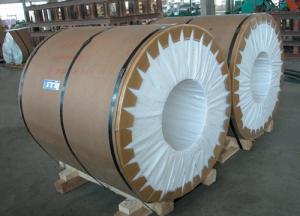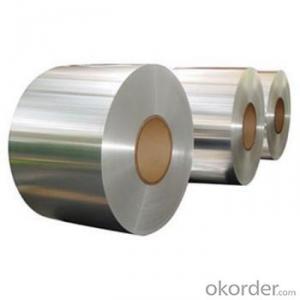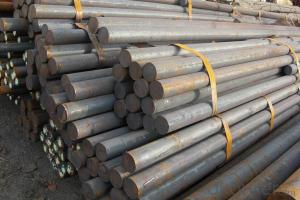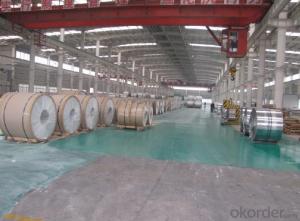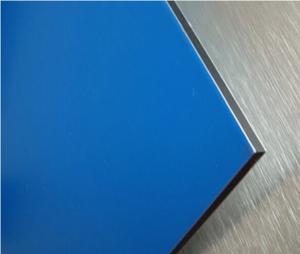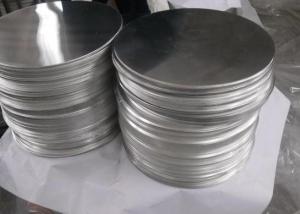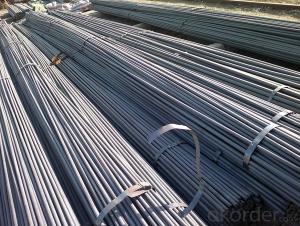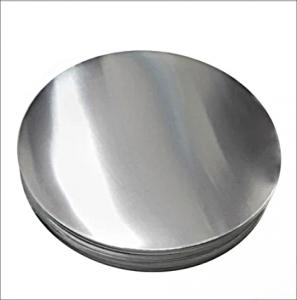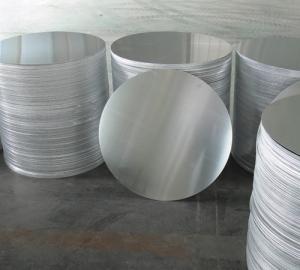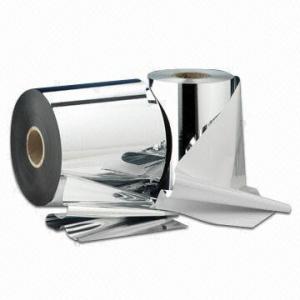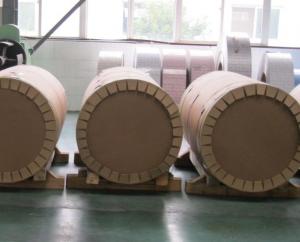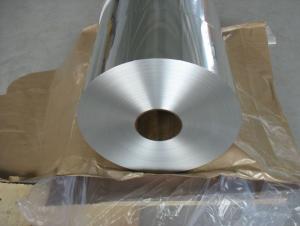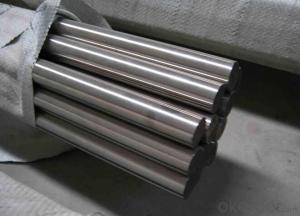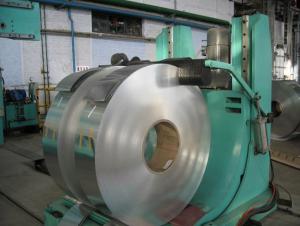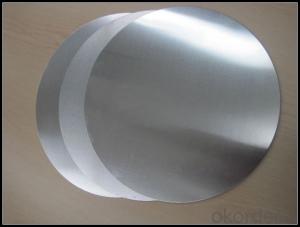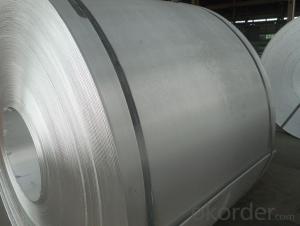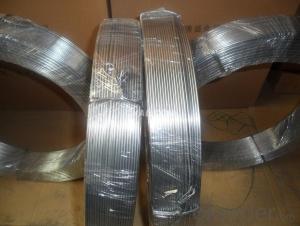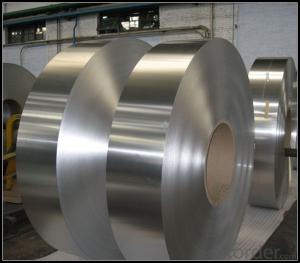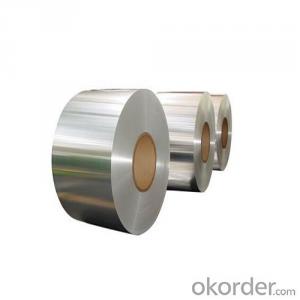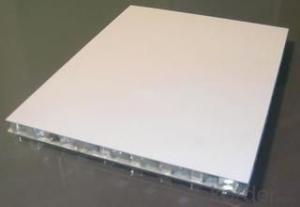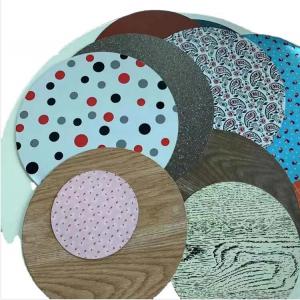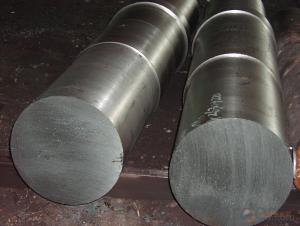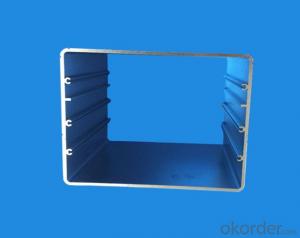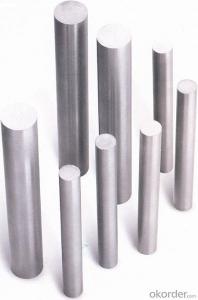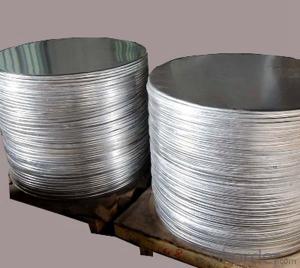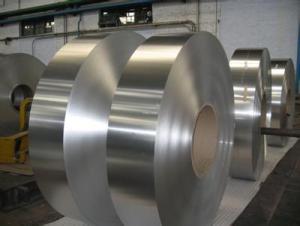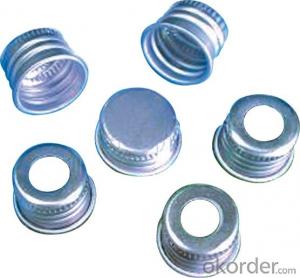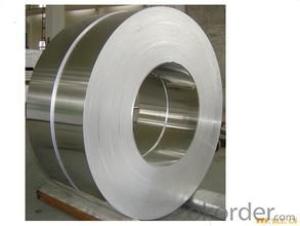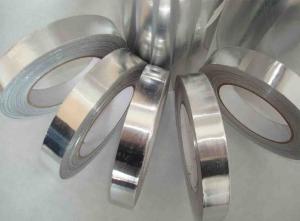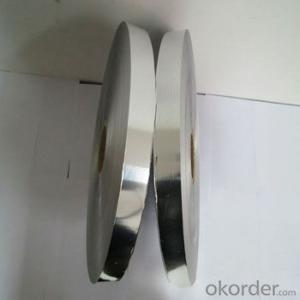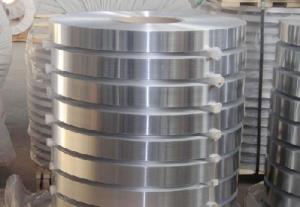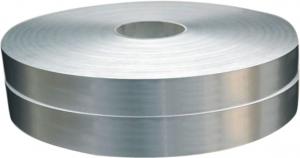3/4 Aluminum Round Stock
3/4 Aluminum Round Stock Related Searches
1 1/4 Aluminum Round Stock 3/4 Aluminum Square Stock 1 4 Aluminum Round Stock 4 Aluminum Round Stock 4 Inch Aluminum Round Stock 3/4 Aluminum Bar Stock 1 1 4 Aluminum Round Stock 3/8 Aluminum Round Stock 1/4 Aluminum Angle Stock 3 Inch Aluminum Round Stock 3 Aluminum Round Stock 1 1/2 Aluminum Round Stock Aluminum Round Stock 3 1/4 Aluminum Bar Stock 1/2 X 3/4 Aluminum Bar Stock 1 2 Aluminum Round Stock 3 8 Aluminum Round Stock 3/4 Aluminum Plate 1/4 X 1/4 Aluminum Bar Stock 1 Inch Aluminum Round Stock 1 Aluminum Round Stock 2 Aluminum Round Stock Casting Aluminum Round Stock 5 Aluminum Round Stock Solid Aluminum Round Stock 3/4 X 3/8 Aluminum Bar Stock Round Stock Aluminum Half Round Aluminum Stock 3 4 Aluminum Square Stock 1 1 2 Aluminum Round Stock3/4 Aluminum Round Stock Supplier & Manufacturer from China
3/4 Aluminum Round Stock is a versatile product that consists of aluminum bars with a diameter of 3/4 inch. These round stock materials are widely used in various industries, such as construction, automotive, and aerospace, due to their lightweight, corrosion resistance, and high strength-to-weight ratio. They are particularly useful in applications requiring high strength, durability, and resistance to harsh environments.The 3/4 Aluminum Round Stock is utilized in numerous scenarios, including structural components, mechanical parts, and decorative elements. Its malleability and workability make it an ideal choice for fabrication processes such as bending, cutting, and welding. This product is also favored for its ability to maintain its integrity under extreme temperatures, making it suitable for both high-heat and low-temperature applications.
Okorder.com is a reputable wholesale supplier of 3/4 Aluminum Round Stock, boasting a comprehensive inventory to cater to the diverse needs of customers. By offering a wide range of sizes, grades, and finishes, Okorder.com ensures that clients can find the perfect 3/4 Aluminum Round Stock to meet their specific project requirements.
Hot Products

